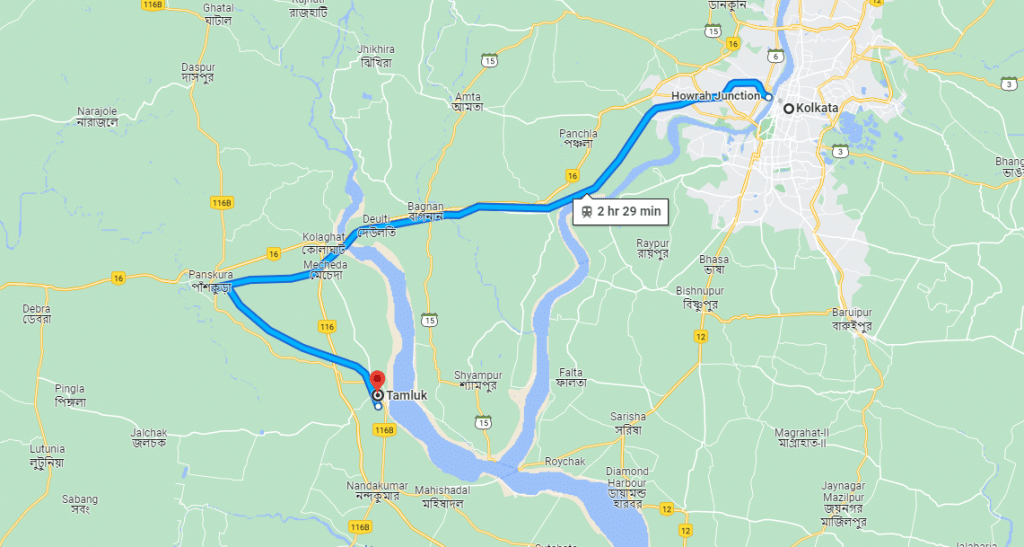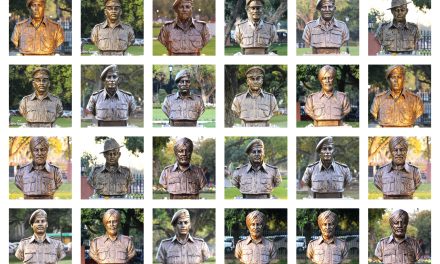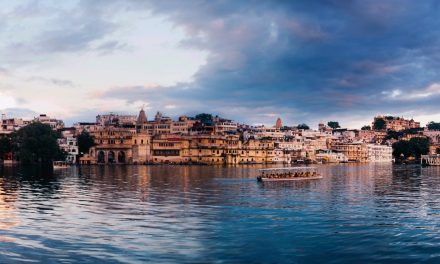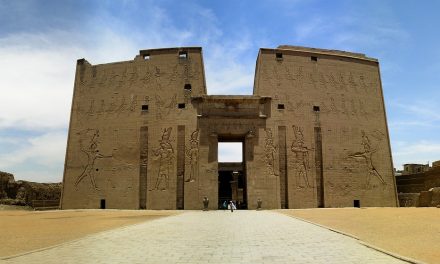On the coast of the Bay of Bengal, the state of Bengal had a remarkable place that conveyed its historical, commercial, and mythological significance with its name, Tamralipta or Tamralipti. Located in present-day Purba(East) Medinipur district, West Bengal as its rename, ‘Tamluk’, geographically traced at just south of the Rupnarayana river(joint flow of the river ‘Dwarkeshwar’ and the river ‘Shilai’).
The name ‘Tamralipti’ came from the Sanskrit term ‘Tamra'(copper) mined nearby at Ghatsila in the Singhbhum district of the Chota Nagpur Plateau Bihar.
‘Tamluk’ has been familiarised from its preceding names mentioned in the religious epic, foreigners’ descriptions, and historical documents. Here, I can furnish them as ‘Tamralipti'(in the Purans and the Mahabharata); ‘Tamralipta'(in the Mahabharata); Pali:’Tamralitti'(in foreigners’ descriptions’); ‘Tamalika'(in historical documents) and finally as ‘Tamoluk'(in the British Raj). In the map of the Greek geographer ‘Ptolemy’, Tamralipti appears as Tamalities. Chinese pilgrim Hiuen Tsang(Xuanzang) calls the town ‘Tan-mo-lih-ti(te).
How old is Tamralipta?
To depict its antiquity or chronology of settlement, a group of historiographers dated to the 7th century B.C. On the other hand, archaeological remnants establish its continuous settlement from about 3rd century B.C.(about 300 years before the birth of Jesus Christ).
Tamralipta had its geographical surroundings in the south by the Bay of Bengal, east by the river Rupnarayana and west by Subarnarekha river. The Bay of Bengal and its waterways, including their countless affluents and effluents, also built up an easy, economic navigating structure that enriched commerce, culture, and early contacts with people from other parts of the world.
Tamralipta has been running with its fame of the ancient temple of the region, the goddess Bargabhima(the incarnation of goddess Kaali). The hearsay goes that this temple is one of the 51 Shakti piths of Sati where her left ankle fell. It is the temple in which the mixture of cultural amalgamations of Hindu, Buddhist and Oriyan styles of architecture have been reflected.
Secondly, it attained its fame being a seaport as well as the main emporium, which played a significant role as a point of departure for trade with Ceylon, Java, China and the west. According to Huien Tsang Indigo, silk and copper were the main items to export through this port. It also joined its link by roads with Rajagriha, Shravasti, Pataliputra, Varanasi, Champa, Kaushambi and Taxila.
Connection with Mahabharata
Tamralipta was a seaport, but it was buried under river silt in a time lag through natural evolution. Tamluk bears many ponds and lakes hither and thither over the area to inherit its past. In the great Hindu epic Mahabharata, Sanjaya(son of charioteer Gavalgana, is Dhritarashtra’s advisor and also his charioteer and was immensely devoted to his master, King Dhritarashtra) arose the name of ‘Tamralipta’ to his master while it was describing of the holiest rivers and kingdoms of India.
Archaeological findings
Archaeological excavations played an important role. Tamralipta, or present-day Tamluk, witnessed three excavations under the Archaeological Survey of India(ASI). In 1940, Sir Gurusaday Dutt, T.N. Ramachandran and K.N. Dikshit accomplished the first digging on behalf of the ASI and revealed terracotta objects, pottery and coins. Among them, some belonged to the 3rd century B.C.
The subsequent excavation was in between 1954 to 1955 under the supervision of M.N. Deshpande and found nothing but rammed floor levels(a technique for constructing foundations, floors and walls using compacted natural raw materials such as earth, chalk, lime or gravel) and ring wells(built as rows of pots or ceramic rings arranged one on top of the other, were used as drainage or garbage dumps).
Last but not least, excavation was committed between 1973 to 1974 under the observation of S.K.Mukherjee. This excavation found four continuous occupational periods.
The first was Period I which revealed an assemblage of neolithic celts, ill-fired pottery, many microlithic tools, bone awls and a small number of copper objects.
Period II belonged to the 3rd to 2nd century B.C. during Maurya-Shunga times. Unearthed a few fragments of NBPW(Northern Black Polished Ware), a good number of beads of semi-precious stones and a large number of punch-marked and cast copper coins. Evidence of a brick-built tank and a few terracotta ring wells were also exposed.
Next was Period III belonging to the Shunga-Kusana phase, which yielded ceramics and a vast collection of terracotta figurines, some with a definite Hellenistic affiliation. The assemblage indicates a sophisticated urban life where citizens indulged in art.
The last one was Period IV which identifies the Gupta period. The excavation found nothing impressive, and they do not match the evidence furnished by Chinese pilgrims. Buddhist vihara in the area was exposed through the excavations at Moghalmari, which Chinese travellers Fa-Hien and Huen Tsang mentioned.
Between 1954 to 1955 and 1973 to 1974, some diggings were made by individual scholars, including Professor P.C. Dasgupta, who was a pioneer researcher and recovered beautiful terracotta figurines from the site along with other essential antiquities. The history-intricated Tamluk is famous for its potteries such as rouletted ware, grey ware, redware, black polished ware and northern black polished ware. Moreover, terracotta objects of exceptional beauty, terracotta figurines of yaksis, animals and plaques are found in Tamluk Museum. Outstandingly the famous figure of Yaksis at the Ashmolean Museum, Oxford, was recovered from Tamluk.
People who came to visit Tamralipta
Faxian(also known as Fa-Hien, a Chinese Buddhist monk and translator) came to India during the reign of Chandragupta II in the 5th A.D. He stepped into this history-famed port in the golden era of this. He stated that Tamralipta was situated on the seaboard and reported 20 Buddhist monasteries in Tamralipta.
The Mourya Emperor Ashoka also invaded ‘Kalinga’ to get hold of this port. Xuanzang(also famous as Huien Tsang, a 7th-century Chinese Buddhist monk, scholar, traveller and translator) visited this Buddhist Kingdom in 639 A.D. and stated that this port town was expanded approximately 250 miles.
Another Chinese Buddhist monk, Yi Jing, arrived on the east coast of India in c. 675 and spent five months in Tamralipti and learnt Sanskrit.
Freedom struggle and Tamralipta Jatiya Sarkar
Tamluk had enriched the freedom struggle of India with its nationalist activities. During the ‘ Quit India Movement, an independent parallel government called the ‘Tamralipta Jatiya Sarkar‘( Tamralipta National Government) was formed in Tamluk, West Bengal, India. This government had a tenure from December 17, 1942, to August 8, 1944. It undertook some welfares such as cyclone relief work, giving schools grants and organising an armed ‘Vidyut Vahini’ and a ‘Sisters Corps’. This government had set up ‘Police Stations, Military Departments, Courts and even a system for revenue collection’. Satish Chandra Samanta, Sushil Kumar Dhara, Ajay Mukherjee(became the CM of West Bengal three times), and Matangini Hazra became precursors to imbued the fights against the British colonial government in India.
As huge waterbodies surround Tamluk, it attracts tourists with its scenic beauties, such as the bank of the river Rupnarayana, a famous picnic destination here. Apart from this as a place with historical importance, tourists have their covetable trips to Tamluk. Devi Bargobhima Temple, Tamluk Rajbari, Rakhit Bati, Matangini Sahid smarak, Tamluk Irrigation Bungalow, and Tamralipta Archaeological Museum are those sits which have made Tamluk an affluent tourist spot on the map of India.

Image Courtesy: Amitabha Gupta
















